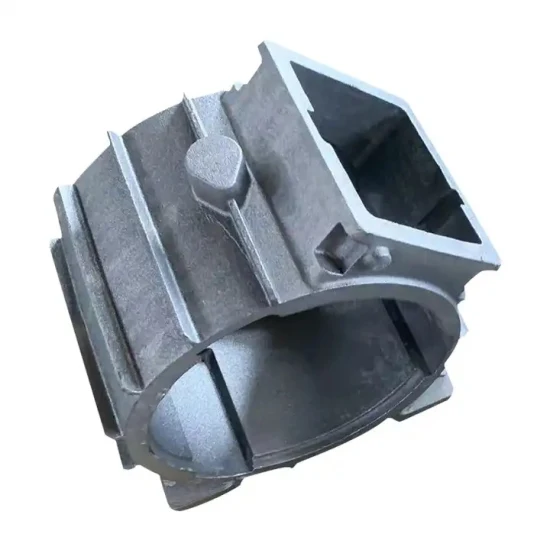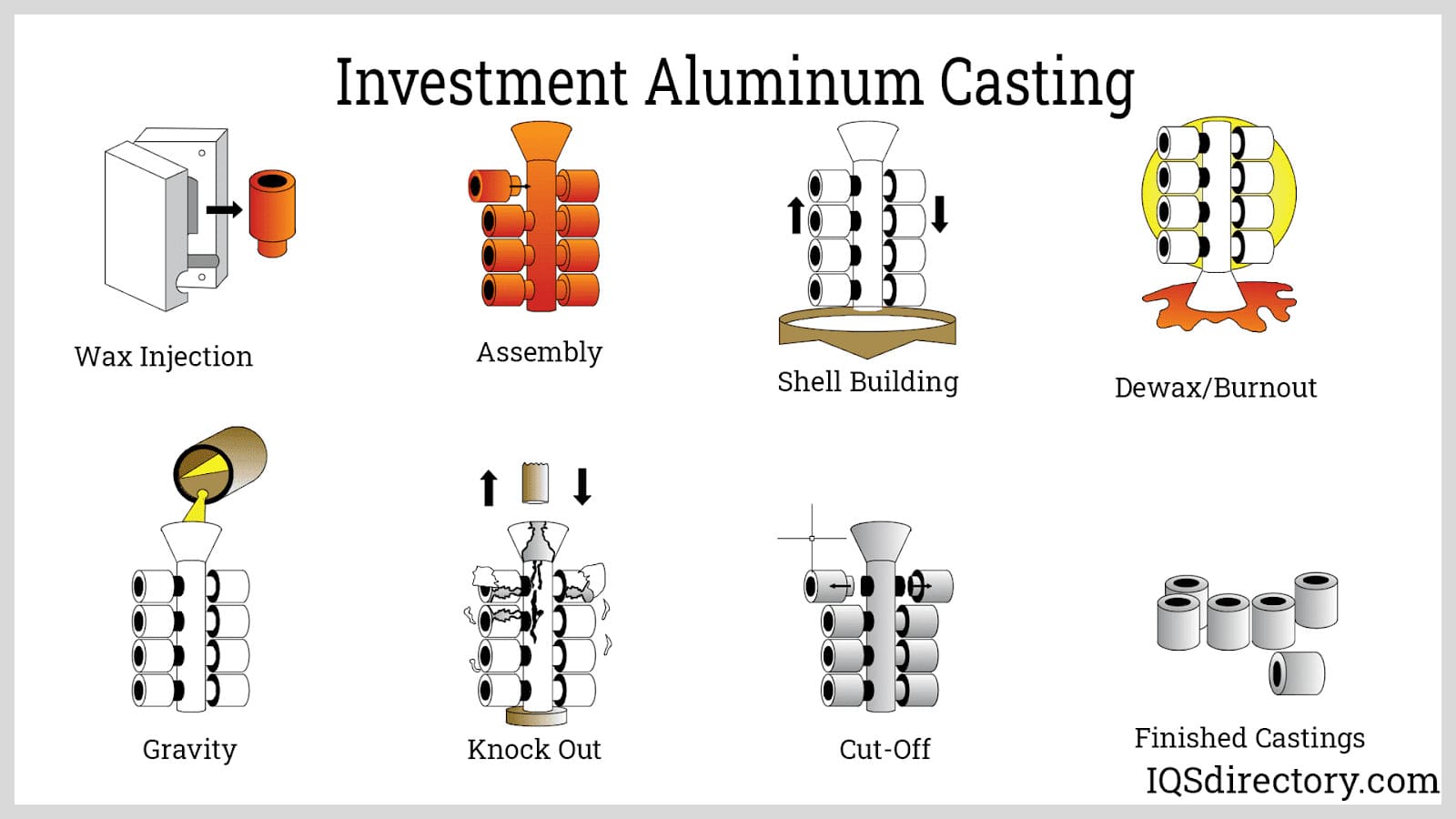The 10-Minute Rule for Stahl Specialty Company
The 10-Minute Rule for Stahl Specialty Company
Blog Article
The Ultimate Guide To Stahl Specialty Company
Table of ContentsThe Basic Principles Of Stahl Specialty Company Stahl Specialty Company Fundamentals ExplainedGetting The Stahl Specialty Company To WorkStahl Specialty Company Fundamentals ExplainedThe Best Strategy To Use For Stahl Specialty Company
There are several minor distinctions in between wrought and cast light weight aluminum alloys, such as that actors alloys can include a lot more significant quantities of various other metals than wrought alloys. However one of the most noteworthy distinction in between these alloys is the fabrication process via which they will certainly go to provide the end product. Apart from some surface area treatments, cast alloys will certainly leave their mold in virtually the specific solid type desired, whereas functioned alloys will undertake several alterations while in their strong state.If you think that a wrought alloy may be the most effective for your project, have a look at a few of our articles that explain more about certain functioned alloys, such as Alloy 6061 and Alloy 6063. On the various other hand, if you think a cast alloy would be much better for you, you can find out more about some actors alloys in our Alloy 380 and Alloy 383 posts (coming soon).

Having the experience and market understanding to engineer your castings for optimum manufacturing and top quality end results will certainly enhance the job. Producing aluminum castings calls for a complex collection of procedures to attain the ideal results. When choosing a new light weight aluminum factory to partner with, guarantee they have considerable market experience and are well-informed about all facets of the aluminum casting procedure: design, production, product analysis, and item testing.
Stahl Specialty Company Can Be Fun For Everyone
The foundry must additionally have a tested track record of providing remarkable items that fulfill or exceed client assumptions. Quality control must additionally be at the top of your listing when picking an aluminum foundry. By dealing with a qualified foundry who adheres to the standards for quality assurance, you can shield the integrity of your product and guarantee it meets your specs.
By choosing a business who provides services that meet or exceed your item needs, you can be certain Learn More Here that your job will be completed with the utmost accuracy and effectiveness. Different parts require different manufacturing methods to cast aluminum, such as sand casting or pass away spreading.

Die spreading is the name offered to the procedure of developing complex metal components through use of mold and mildews of the part, likewise referred to as dies. The procedure utilizes non-ferrous metals which do not contain iron, such as light weight aluminum, zinc and magnesium, because of the desirable residential or commercial properties of the metals such as reduced weight, higher conductivity, non-magnetic conductivity and resistance to deterioration.
Examine This Report about Stahl Specialty Company
Die spreading production is quick, making high manufacturing levels of elements very easy. It creates even more parts than any type of various other procedure, with a high degree of accuracy and repeatability. To find out more regarding die spreading and pass away casting materials made use of while doing so, continued reading. There are 3 sub-processes that fall under the classification of die spreading: gravity pass away casting (or permanent mold spreading), low-pressure die spreading and high-pressure die spreading.
After the pureness of the alloy is evaluated, dies are created. To prepare the passes away for spreading, it is crucial that the dies are clean, so that no deposit from previous manufacturings stay.
The pure metal, also called ingot, is included in the heating system and kept at the molten temperature level of the steel, which is then transferred to the shot chamber and injected into the die. The stress is then maintained as the steel solidifies - Aluminum Casting. As soon as the metal solidifies, the cooling procedure begins
The thicker the wall surface of the part, the longer the cooling time as a result of the quantity of interior steel that likewise needs to cool down. After the component is totally cooled, the die cuts in half open and an ejection system presses the element out. Following the ejection, the die is shut for the next injection cycle.
Little Known Questions About Stahl Specialty Company.

This confirmed to be an incorrect test, since the tester could reduce into an item and miss an area with porosity. Today, leading manufacturers make use of x-ray testing to see the whole interior of elements without cutting into them. This permits them to a lot more accurately approve or reject elements. To get to the completed item, there are three key alloys used as die spreading product to pick from: zinc, light weight aluminum and magnesium.
Zinc is one of the most used alloys for die casting due to its lower cost of raw materials. Its corrosion resistance also enables the elements to be lengthy enduring, and it is one of the extra castable alloys due to its reduced melting factor - Foundry near me.
The 6-Minute Rule for Stahl Specialty Company
As discussed, this alloy is one of one of the most generally utilized, yet manufactures will, at times, pick light weight aluminum over zinc because of aluminum's production advantages. Aluminum is very cost-effective and one of the extra flexible alloys. Aluminum is used for a variety of different products and industries anything from window structures to aerospace materials.
Report this page